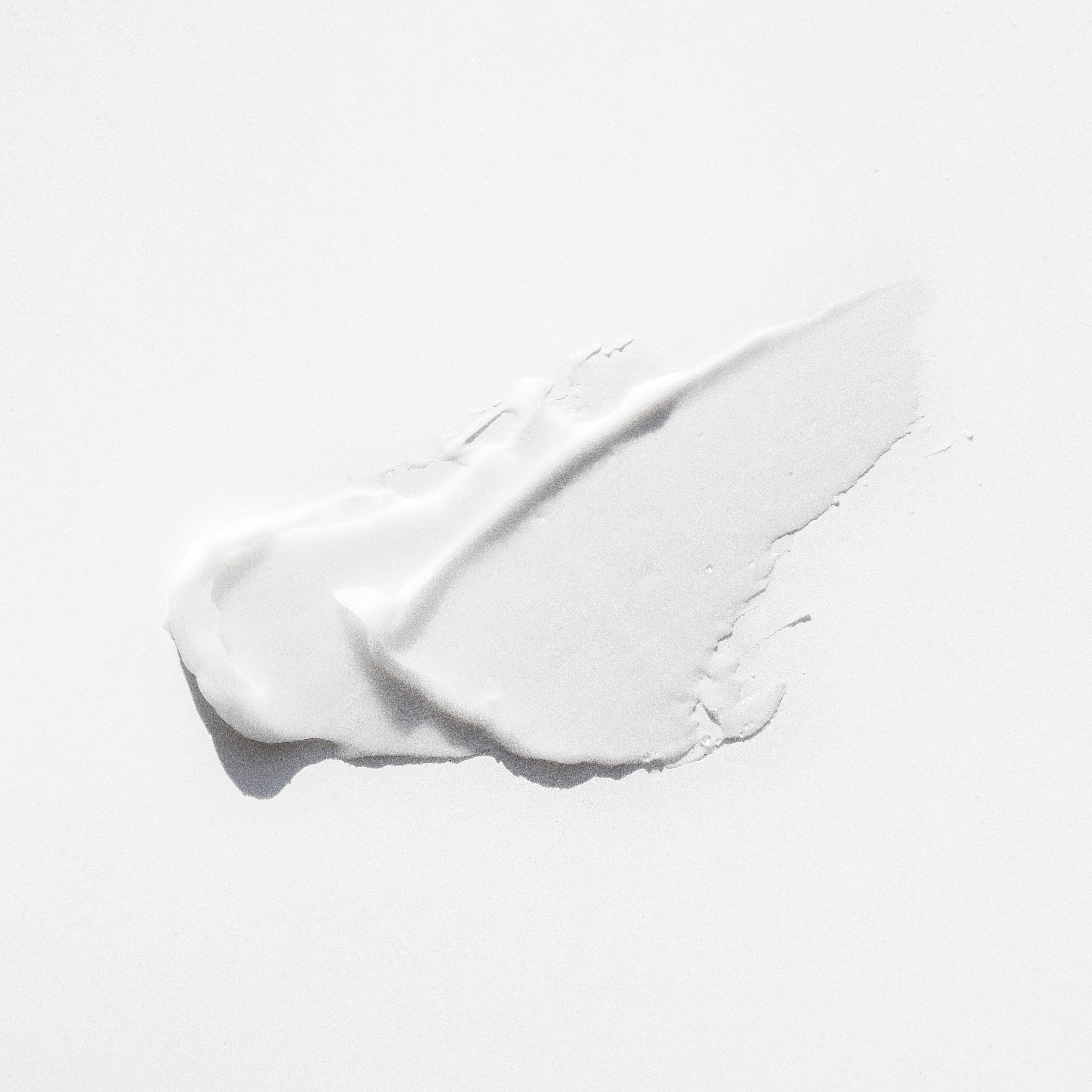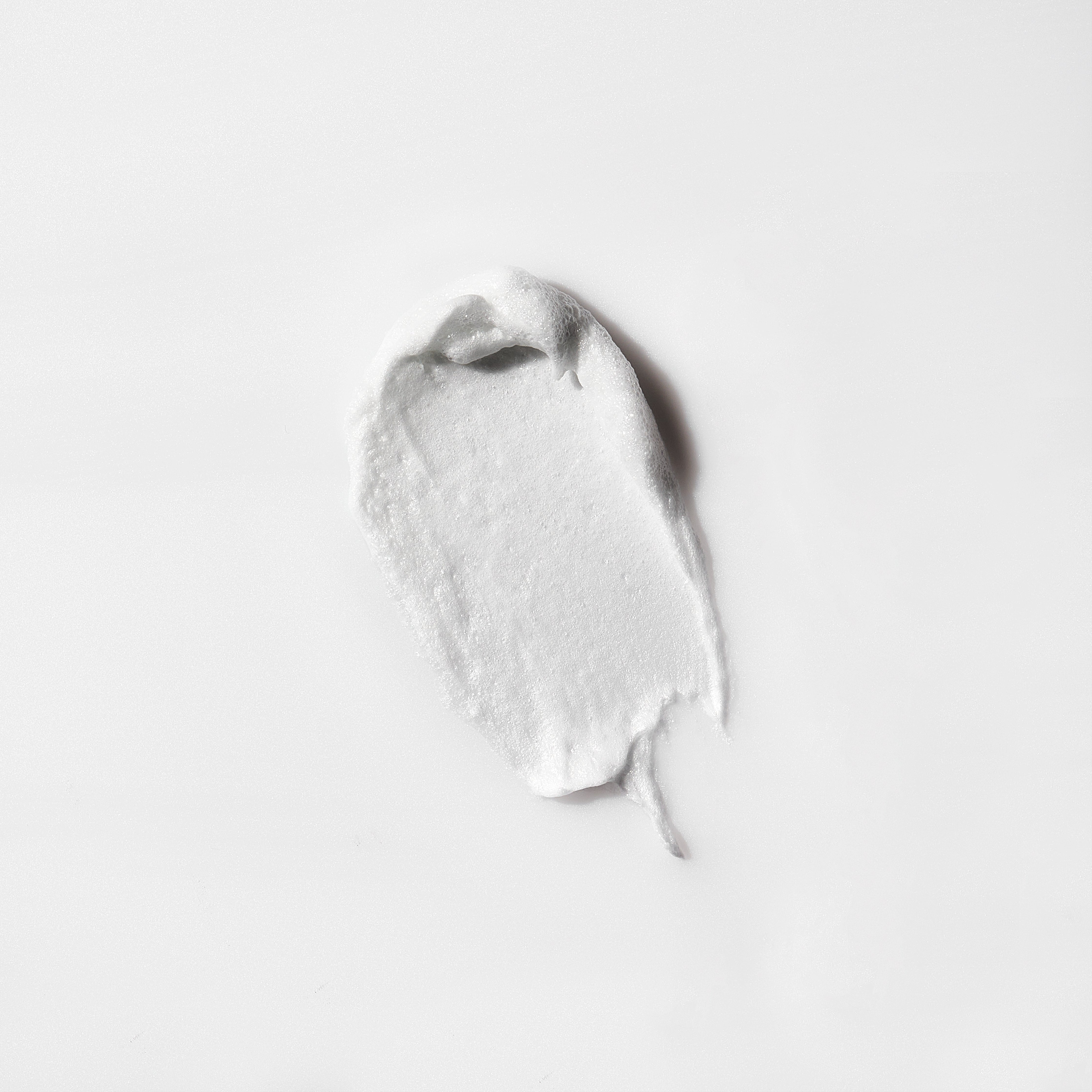Your skin is your body’s first line of defense. It has a protective outer layer known as the skin barrier. Understanding this barrier is the first step toward achieving comfortable, balanced, and radiant-looking skin.
First, What Exactly is Your Skin Barrier?
Think of your skin barrier, or stratum corneum, like a brick wall. The bricks are your skin cells, and the mortar holding them together is a mix of natural fats called lipids. This structure has two very important jobs. First, it locks moisture inside your skin to keep it hydrated. Second, it keeps external stressors like pollution and irritants out.
Working with this physical barrier is your skin microbiome. This is an invisible ecosystem of microorganisms living on your skin's surface. A balanced microbiome helps keep the "brick wall" strong and resilient, contributing to overall skin comfort. For a deeper look, explore understanding the crucial role of your skin's microbiome.
7 Telltale Signs Your Skin Barrier is Compromised
When the "mortar" in your skin's wall starts to crumble, you’ll notice changes in how your skin looks and feels. A compromised barrier can no longer hold onto moisture or protect you effectively. Here are seven common signs to look for.
Increased Redness: Your skin may look unusually flushed or appear blotchy, especially on the cheeks. This indicates sensitivity and irritation.
Persistent Dryness or a Tight Feeling: Does your skin feel taut and uncomfortable, even after applying moisturizer? This is a classic sign that your barrier is losing moisture too quickly.
Heightened Sensitivity: Skincare products that were once fine might suddenly cause a stinging or burning sensation. Your skin has become more reactive to ingredients it normally tolerates.
Uncharacteristic Breakouts: You might see small, uniform bumps that are different from your usual acne. This can happen when the barrier is too weak to keep out irritants.
Itchiness or a Prickly Sensation: Dehydrated, irritated skin often feels itchy or prickly. This is a clear signal of discomfort from a struggling barrier.
Slower Recovery: You may notice that minor blemishes or marks seem to take much longer to fade. A compromised barrier can affect the skin's natural processes.
A Dull, Lackluster Complexion: A smooth, healthy barrier reflects light evenly, giving skin a natural glow. When the surface is rough and uneven, skin can look dull and tired.
If these signs sound familiar, you might benefit from building a gentle and effective skincare routine for sensitive skin.
Common Culprits: How Does the Skin Barrier Become Damaged?
Several factors can weaken your skin’s protective barrier. Recognizing them is key to preventing future damage.
External Factors:
- Over-Exfoliation: Using harsh physical scrubs or high-strength chemical exfoliants too often can strip away the lipids that hold your barrier together.
- Stripping Cleansers: Soaps and foaming cleansers with a high pH can disrupt your skin’s natural balance and wash away its protective oils.
- Environmental Stress: Sun exposure without adequate protection, harsh winds, and dry indoor air can all deplete your skin's moisture.
Internal Factors:
- Stress and Lack of Sleep: These internal states can affect your entire body, including your skin's ability to maintain its defenses.
- Diet: What you eat can influence your skin's appearance and comfort.
Many of these stressors directly impact the delicate balance of your skin's microbiome. When this living shield is disturbed, the physical barrier often follows, leading to the discomfort and sensitivity you feel.
Your Comfort-First Ritual to Restore and Rebalance
Restoring your skin barrier isn’t about using aggressive treatments. It’s about adopting a gentle, nurturing ritual focused on cleansing, soothing, and moisturizing.
Step 1: Cleanse with Care
The first step is to switch to a cleanser that respects your skin. Avoid harsh, stripping formulas that leave your skin feeling tight. Instead, choose a creamy, pH-balanced option.
We recommend the Biome Balancing Creamy Cleanser. This soap-free, milky formula lifts away impurities without disrupting the skin’s delicate moisture barrier. It’s a crucial step because why choosing the best face cleanser is a crucial first step for a healthy complexion is fundamental to skin comfort.

- Lactobacillus Ferment Lysate: This postbiotic ingredient helps support a balanced skin microbiome, which is essential for a resilient-looking barrier.
- Avena Sativa (Oat) Kernel Flour: Also known as colloidal oatmeal, this fine-milled powder is known for its ability to gently cleanse while leaving skin feeling soft and comfortable.
Step 2: Soothe and Nourish
After cleansing, apply gentle layers of hydration. Think of lightweight essences or mists that calm and comfort the skin before you apply richer products. Look for ingredients that are known to be soothing.
A comfort-first approach means using products that feel good on your skin and help it return to a state of balance.
Step 3: Lock in Moisture
The final step is to replenish the "mortar" of your skin barrier. A well-formulated face oil can seal in hydration and provide the lipids your skin is missing.
For this, we suggest the Skin Soothing Face Oil. This lightweight, non-greasy oil provides lasting moisture and helps soothe the appearance of redness and irritation, leaving skin feeling comfortable and supple.

- Squalane: A plant-derived emollient that mimics your skin’s natural oils. It provides weightless moisture without feeling heavy.
- Calophyllum Inophyllum (Tamanu) Oil: A rich, nourishing oil cold-pressed from tamanu nuts, valued for its ability to soothe the look of stressed, sensitive skin.
A Weekly Reset: The Power of a Barrier-Boosting Mask
Once a week, you can give your skin an intensive dose of support with a restorative mask. This targeted treatment can help accelerate your skin’s return to a state of comfort.
The (Glyco-Biotic)™ Ultra-Synbiotic Face Mask is designed as a gentle reset. While it uses glycolic acid for subtle exfoliation, its true power for barrier support lies in its blend of synbiotics—prebiotics and ferments—that nurture your skin’s microbiome.

- Inulin & Alpha-Glucan Oligosaccharide: These are powerful prebiotics. Think of them as food for your skin's good bacteria, helping to create a balanced and thriving microbiome.
- Niacinamide: A form of vitamin B3 that supports the skin barrier’s function and helps improve the appearance of uneven skin tone and texture.
This mask helps to gently lift away dullness while delivering a concentrated dose of soothing and balancing ingredients, revealing a complexion that looks instantly more radiant and feels calm.
What to Avoid While Your Skin Barrier is Healing
Just as important as what you add to your routine is what you take away. Give your skin a break by pausing certain products and habits.
- Actives: Temporarily stop using retinoids, high-strength vitamin C serums, and potent exfoliating acids (like AHAs and BHAs).
- Tools: Put away facial cleansing brushes, abrasive washcloths, and any kind of physical scrub.
- Ingredients: Check labels and avoid products that contain high concentrations of denatured alcohol or strong synthetic fragrances, which can be irritating. To learn about gentle alternatives, you can read about the skin-soothing benefits of calming ingredients like Centella Asiatica.
Try not to introduce too many new products at once. A simple, consistent routine is the most effective path to recovery. Always remember to patch test new products before applying them to your face.
Patience is a Virtue: How Long Does Barrier Repair Take?
Restoring your skin barrier is a process, not an overnight fix. Healing takes time and consistency. Depending on the level of damage and your individual skin, you can expect to see significant improvements in about 2 to 6 weeks.
During this time, it's important to be gentle with yourself and your skin. Listen to what it needs. Stick with your simple, comfort-first routine, and celebrate the small improvements you notice along the way, whether it's less redness or a softer, more hydrated feel. Your patience will be rewarded with skin that looks and feels balanced, resilient, and comfortable.
If you have persistent skin concerns or sensitivities, we always recommend consulting with a board-certified dermatologist or licensed esthetician.











